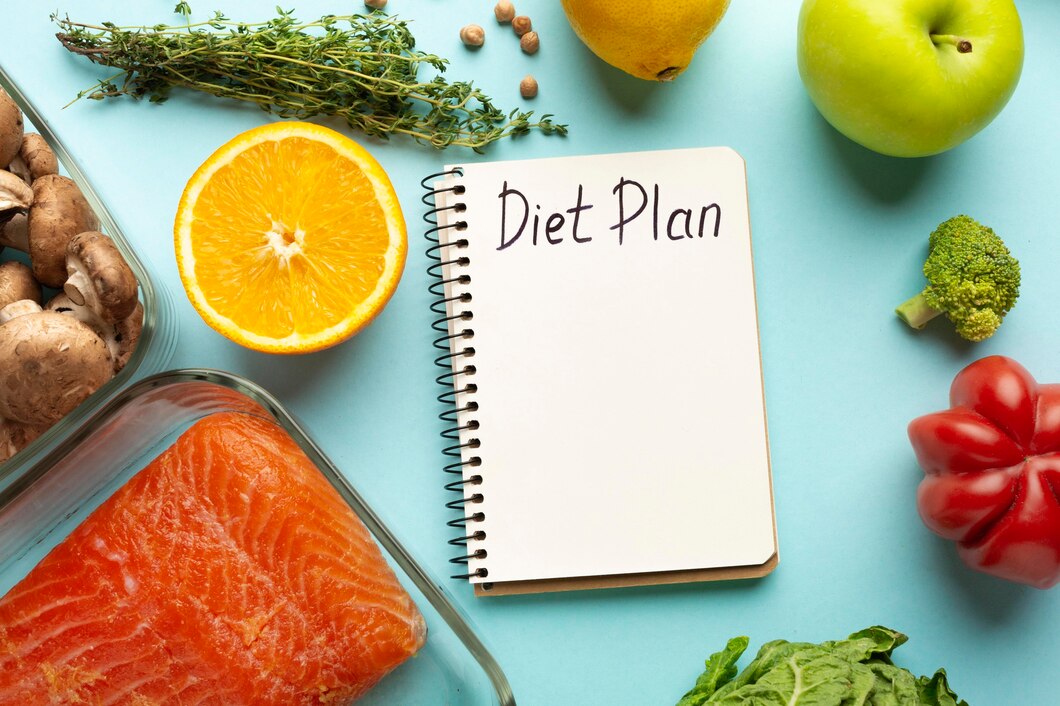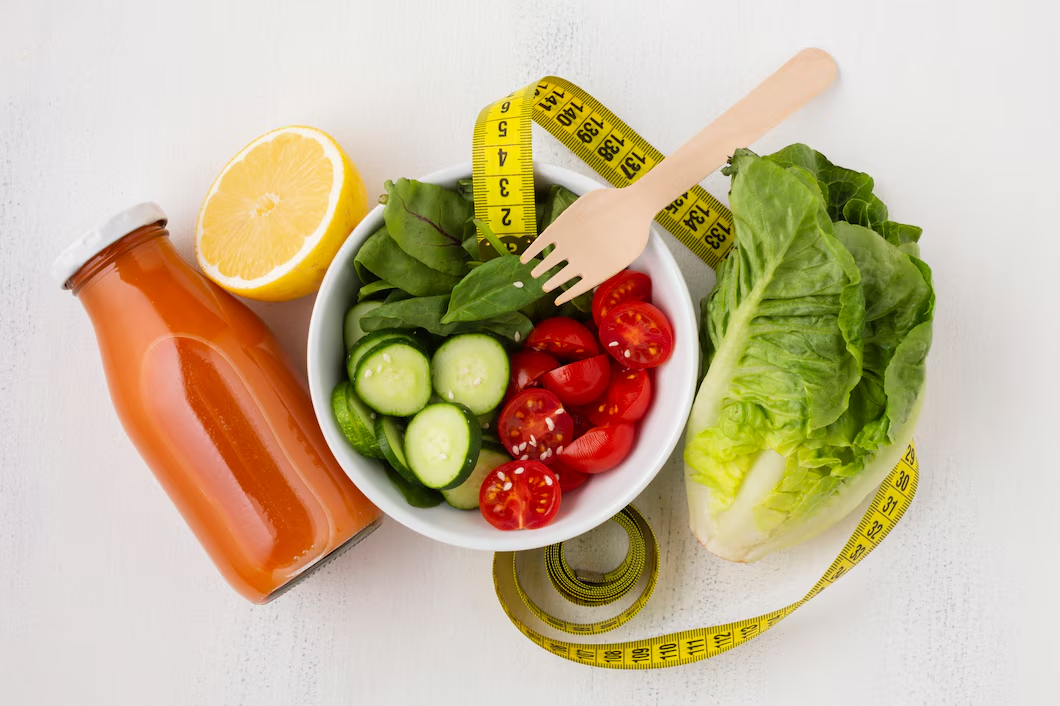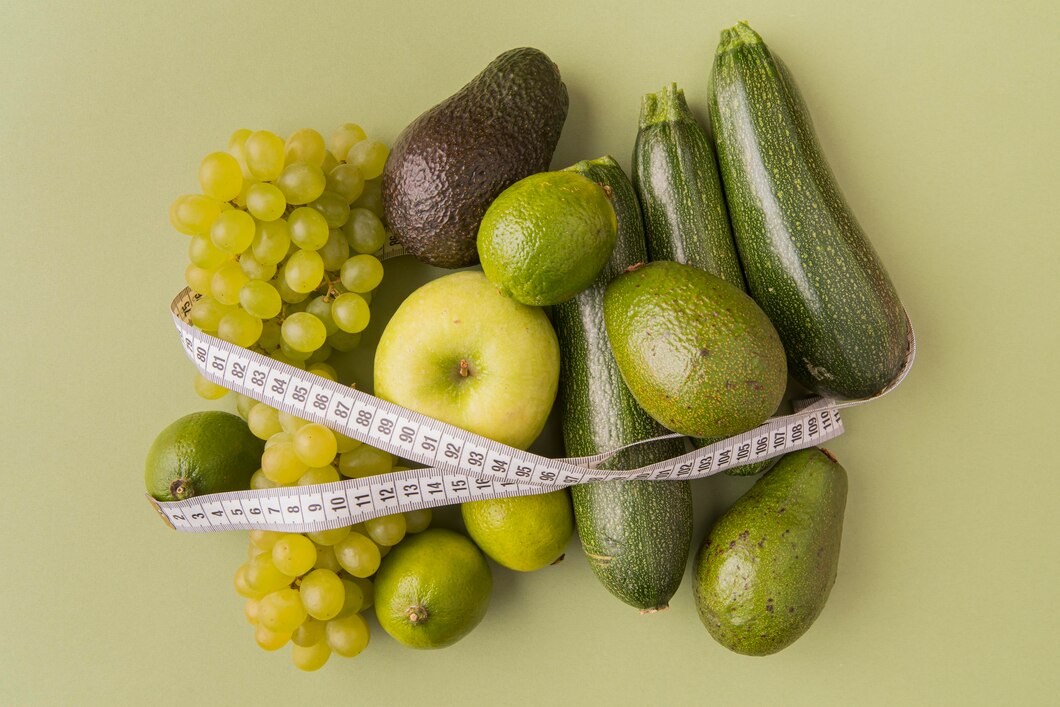In today’s fast-paced world, many individuals struggle to maintain a balanced diet that aligns with their health goals. Whether you aim to lose weight, gain muscle, or simply adopt a healthier lifestyle, planning your diet properly is essential. One of the most effective ways to achieve your dietary goals is by creating an individual menu tailored to your specific needs. This comprehensive guide will explore how to plan your diet effectively, emphasizing the importance of tracking your calories and understanding your unique requirements.
Understanding Your Goals
The first step in planning a proper diet is to identify your personal health goals. Each person's objectives may vary, and recognizing what you want to achieve will guide your dietary choices. Here are some common goals:
- Weight Loss: If your aim is to shed pounds, you need to create a calorie deficit by consuming fewer calories than you burn.
- Muscle Gain: For those looking to build muscle, increasing your calorie intake and focusing on protein-rich foods is essential.
- Maintenance: If you’re satisfied with your current weight, your goal may simply be to maintain your health through a balanced diet.
- Improving Overall Health: Some individuals focus on enhancing their overall health by incorporating more whole foods, reducing processed foods, and staying hydrated.
Understanding your specific goal will help you create a focused plan that suits your needs. It is important to note that these goals may evolve over time, and your diet should reflect any changes in your objectives.

Calculating Your Caloric Needs
Once you have identified your goals, the next step is to calculate your caloric needs. This is crucial for effective diet planning. The calories burned calculator is a valuable tool that can help you estimate how many calories you burn daily based on your age, gender, weight, height, and activity level. Knowing your daily caloric expenditure will guide you in determining how many calories you should consume to reach your goals.
To calculate your caloric needs, you can use the following formula:
- Basal Metabolic Rate (BMR): This is the number of calories your body needs at rest to maintain basic physiological functions. Various BMR calculators are available online that use factors such as age, gender, weight, and height.
- Total Daily Energy Expenditure (TDEE): This value accounts for your physical activity level. Multiply your BMR by an activity factor based on your lifestyle (sedentary, lightly active, moderately active, very active).
Once you have calculated your TDEE, you can adjust your caloric intake based on your goals:
- For Weight Loss: Subtract 500–1000 calories from your TDEE to create a calorie deficit.
- For Muscle Gain: Add 250–500 calories to your TDEE to support muscle growth.
- For Maintenance: Aim to consume calories equal to your TDEE.
Creating Your Individual Menu
Now that you have a clear understanding of your goals and caloric needs, it's time to create your individual menu. This process involves selecting foods that align with your dietary objectives while ensuring that you receive adequate nutrition. Here are some key points to consider when designing your menu:
Choose Nutrient-Dense Foods
Focus on incorporating nutrient-dense foods into your diet. These are foods that provide a high amount of vitamins, minerals, and other beneficial nutrients relative to their calorie content. Here are some examples:
- Fruits and Vegetables: These should make up a significant portion of your diet. They are rich in fiber, vitamins, and antioxidants.
- Lean Proteins: Include sources like chicken, fish, legumes, and tofu. Proteins are essential for muscle repair and growth.
- Whole Grains: Opt for whole grains like brown rice, quinoa, and whole-wheat bread. These provide sustained energy and fiber.
- Healthy Fats: Incorporate healthy fats from sources like avocados, nuts, seeds, and olive oil, which are essential for hormone production and overall health.
Use a Calories Tracker
Utilizing a calories tracker can greatly enhance your diet planning process. Apps like ScanFood allow you to log your meals and monitor your caloric intake easily. Tracking your food not only helps you stay within your caloric goals but also enables you to understand your eating patterns. Here’s how to effectively use a calories tracker:
- Log Everything: Record all foods and beverages you consume throughout the day to get an accurate representation of your caloric intake.
- Be Honest: Ensure that you accurately measure portion sizes and do not underestimate the calories in your meals.
- Review Weekly: At the end of each week, review your food logs to identify trends, areas for improvement, and adjustments needed to stay on track.
Plan Meals Ahead
Meal planning is a powerful strategy for sticking to your dietary goals. By planning your meals ahead of time, you can ensure that you have the necessary ingredients and avoid impulsive choices that may lead to unhealthy eating. Consider the following tips:
- Set Aside Time: Dedicate a specific time each week to plan your meals. This could involve brainstorming recipes and creating a shopping list.
- Prepare in Batches: Cooking in larger quantities can save time and help you stay on track. Prepare meals in advance and store them for easy access throughout the week.
- Incorporate Variety: To keep meals interesting, include a variety of foods and flavors. Experiment with different recipes and cooking methods.

Adapting Your Menu Based on Progress
As you follow your diet plan, it’s essential to monitor your progress and adapt your menu as needed. This could involve adjusting portion sizes, changing food choices, or recalibrating your caloric intake. Regularly assessing your goals will help you stay aligned with your desired outcomes. Here are some tips for adapting your menu:
- Evaluate Your Progress: Use the calories burned calculator to assess how many calories you’re burning relative to your intake. Adjust your diet if you’re not seeing the desired results.
- Listen to Your Body: Pay attention to how you feel. If you’re constantly hungry or fatigued, it may indicate that your caloric intake is too low.
- Seek Professional Guidance: If you're unsure how to adjust your diet, consider consulting a registered dietitian or nutritionist for personalized advice.
Building Healthy Eating Habits
Creating an individual menu is just one part of the equation. It’s equally important to develop healthy eating habits that will support your long-term goals. Here are some strategies for cultivating a healthier relationship with food:
1. Practice Mindful Eating
Mindful eating involves paying full attention to the experience of eating. This includes savoring each bite, recognizing hunger and fullness cues, and appreciating the flavors and textures of your food. By practicing mindful eating, you can foster a deeper connection with your meals and make healthier choices.
2. Stay Hydrated
Water plays a vital role in overall health and can aid in weight management. Often, thirst is mistaken for hunger. Aim to drink plenty of water throughout the day to stay hydrated and support your metabolic processes. Consider carrying a water bottle to track your intake.
3. Avoid Extreme Diets
While quick-fix diets may promise rapid results, they are often unsustainable and may lead to nutrient deficiencies. Instead, focus on making gradual changes to your eating habits that can be maintained long-term. Sustainable changes are key to achieving lasting results.
4. Stay Consistent
Consistency is crucial when it comes to diet and nutrition. It’s normal to have occasional indulgences, but strive to maintain healthy eating habits most of the time. Building a routine that includes regular meals and snacks can help you stay on track.
Planning your diet properly and creating an individual menu based on your goals is a powerful step towards achieving your health objectives. By understanding your caloric needs, choosing nutrient-dense foods, utilizing a calories tracker, and developing healthy eating habits, you can set yourself up for success. Remember that diet planning is a personal journey, and it may take time to find what works best for you. Stay patient, stay motivated, and enjoy the process of nourishing your body!



